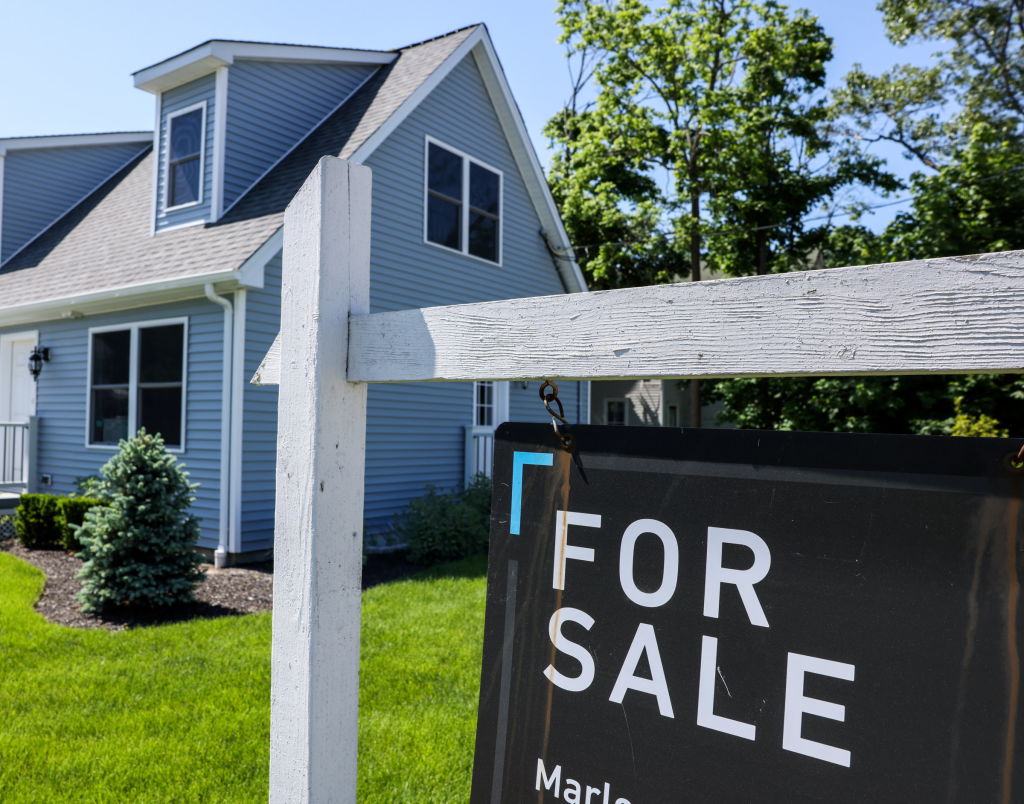
America’s chief housing regulation evaluates another mortgage option.
President Donald Trump vowed to restore US housing affordability. Nearly a year later, achieving the American Dream of homeownership remains out of reach for many young people. While the current administration might have thought establishing a 50-year mortgage was a good idea, the White House may have come up with a superior proposal to improve supply in an extremely tight market: portable mortgages.
Unlocking Handcuffs With Portable Mortgages
Bill Pulte, director of the Federal Housing Finance Agency, took to social media to announce that the administration was reviewing the policy tool. “We are actively evaluating portable mortgages,” he said in a November 12 post on X. Despite a six-word statement on the social media platform, the decision could have a substantial impact on the housing market.
First, what is a portable mortgage anyway? It allows homeowners to transfer their existing mortgage – including interest rate, terms, and amortization period – to a new house, townhome, or condominium. The transition helps households avoid penalties and even save on interest.
Now, what’s the big deal? Portable mortgages could be the key to unlocking golden handcuffs.
At the onset of the coronavirus pandemic, the Federal Reserve cut interest rates to 0%, causing Treasury yields to plummet. Since the mortgage market tracks government bonds, the average contract interest rate on 30-year mortgages fell to an all-time low. This caused a frenzy: First-time homebuyers rushed to their real estate agents to buy a home, and homeowners refinanced their mortgages at historically low interest rates.
Estimates suggest roughly half of today’s mortgages were originated during the pandemic. In other words, a substantial portion of the US housing market is comprised of homeowners with mortgage rates below 4%, which was unheard of a decade ago. Of course, this is terrific for them, but not for those on the outside looking in.
Millions of Americans have refrained from listing their homes for sale, relocating to a more expensive residential property, and paying a higher interest rate. Median home prices are hovering at record highs, while the 30-year mortgage rate has eased to around 6.3%.
As a result, housing inventories have remained below long-run averages, causing existing home prices to be higher than those of new homes. Although supplies have incrementally improved over the past year, experts say the pandemic-era lock-in effect prevented approximately 1.7 million home sales from occurring between 2022 and 2024.
Copying a product readily available in Australia, Canada, the United Kingdom, and the European Union could be a tool to resolve a crisis-era problem. The next challenge? Reversing the anemic rate of housing construction that has not recovered from the global financial crisis.
Federal Reserve economists summarized the situation in a May 2025 paper, noting that the lock-in effect heightens in an initially tight housing market.
“Consistent with a housing search model, we show that under certain conditions, lock-in tightens markets, driving up house prices – an effect that increases with a market’s initial tightness,” they wrote.
“We estimate the 2022 lock-in shock reduced time on market by 29 percent and increased house prices by 8 percent. However, these effects were entirely due to historically tight initial housing market conditions. We show that in a more balanced housing market as in 2019, the same lock-in shock would have had little to no impact on prices or tightness.”
Digging Through the Toolbox
Will 50-year mortgages resurrect the concept of housing affordability? No. Will portable mortgages be the panacea for everything that ails the US real estate market? Nope. Is an all-of-the-above approach to revitalizing homeownership the answer? Absolutely. Today’s environment did not spring out of nowhere. It has been festering since the Great Recession, but the public health crisis merely unmasked the ailments inflicted upon the housing market.
Liberty Nation does not endorse candidates, campaigns, or legislation, and this presentation is no endorsement.

















